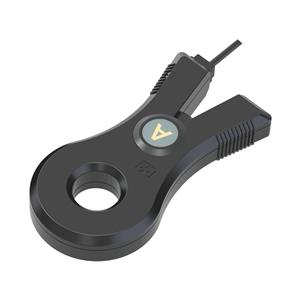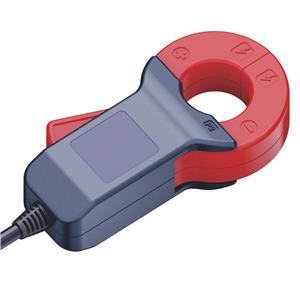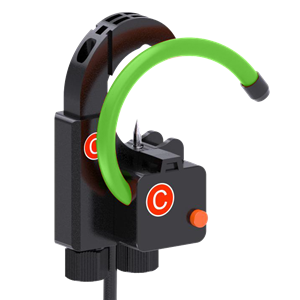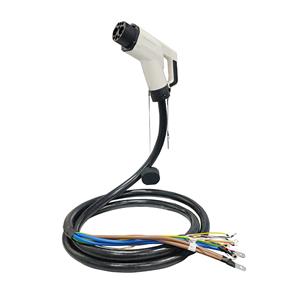-
3003-2025
Consumer Electronics Leap Forward with Miniature Component-Based Fluxgates
The consumer electronics industry is rapidly adopting component-based fluxgate sensors to enhance features in smartphones, wearables, and IoT devices.
-
2903-2025
Renewable Energy Systems Embrace Component-Based Fluxgate Innovations
The global shift toward renewable energy has sparked innovation in component-based fluxgate sensors, which are now pivotal for monitoring power grids and energy storage systems. These sensors offer modular scalability, allowing engineers to adapt their configurations for wind turbine control, solar farm inverters, and grid stability analysis. Their ability to measure DC and AC magnetic fields with ±0.1% accuracy makes them ideal for detecting imbalances in hybrid energy systems.
-
2603-2025
Component-Based Fluxgate Sensors Redefine Precision in Industrial Automation
The industrial automation sector is witnessing a surge in demand for component-based fluxgate sensors, which combine modular design with unparalleled magnetic field measurement accuracy. Unlike traditional fluxgate sensors, these innovative devices allow engineers to integrate customizable components—such as Hall-effect chips, amplification circuits, and digital interfaces—into a single unified system.
-
1801-2025
Component-based Fluxgate
Component-based Fluxgate, often abbreviated as CBFG, is an innovative software architecture or design pattern that revolves around the idea of organizing and modularizing software components in the context of a fluxgate system. A fluxgate is a type of electronic circuit used primarily for detecting and measuring magnetic fields.




